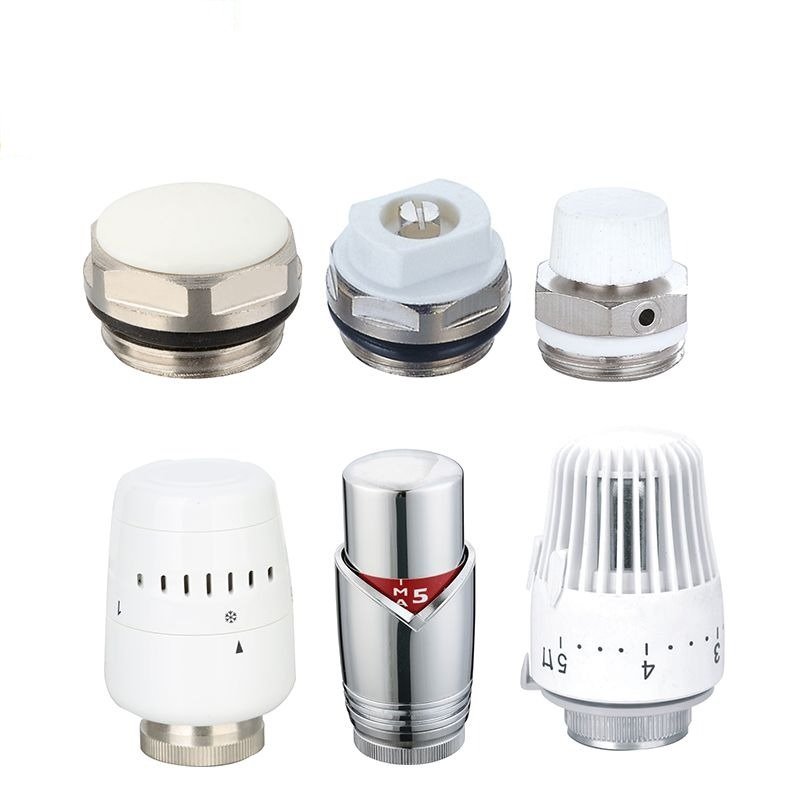You’re freezing in your own home, wondering why your radiator isn’t doing its job. What if it’s a steam radiator and you don’t even know it? Misjudging this could leave you shivering or facing costly repairs. Don’t worry—this article will show you how to spot a steam radiator and fix your heating woes fast.
To tell if your radiator is steam, look for hissing sounds, a single pipe connection, or visible steam when it’s on. Steam radiators heat up fast and often have a vent to release air. If you’re unsure, check the boiler—it’ll likely be steam-powered too.
Curious about more signs and what to do next? Stick around—we’ve got all the details to keep your heating on track and your home cozy.

Is it bad if my radiator is steaming?
Seeing steam from your radiator can freak you out, but it’s not always a disaster. Steam radiators are built to handle steam—it’s how they work! Hot water turns to steam in the boiler, travels through pipes, and heats your radiator. A little steam escaping is normal, especially if the vent’s doing its job. But if it’s a lot of steam or it’s constant, that’s a red flag. It could mean too much pressure or a busted valve. Ignoring it might damage your system or spike your energy bill. At IVALVECRAFT, our brass safety valves and pressure reducing valves keep steam in check, so you don’t have to stress. Ever wonder how to use a Danfoss radiator thermostat to control this? We’ll get to that later—it’s a game-changer for balancing heat.
Why is my car radiator steaming but not overheating?
Okay, this one’s tricky because we’re switching gears to car radiators—different beast, same steam confusion. If your car radiator’s steaming but the temp gauge isn’t screaming “overheating,” don’t panic yet. It could be normal condensation. When your engine’s hot, coolant can vaporize a bit and escape as steam, especially in cold weather. But if it’s more than a wisp, check for leaks or a loose cap. A good radiator needs stable pressure—something our IVALVECRAFT pressure reducing valves nail for industrial systems. Cars don’t use Danfoss radiator thermostats, but the idea’s similar: control the flow. Want to turn on a Danfoss radiator at home? Twist the dial to a number—check the Danfoss radiator thermostat manual for symbols like “*” for frost protection. Back to cars: if steam keeps up, get it checked before it’s a real mess.
What should a steam radiator sound like?
Steam radiators aren’t silent—they’ve got personality! You’ll hear a soft hiss as steam moves through, maybe a gurgle as it pushes air out the vent. A faint clank or tap? That’s metal expanding—totally fine. But loud banging or knocking? That’s trouble, often from water trapped in the pipes, messing up the steam flow. It’s called water hammer, and it’s annoying as heck. Our IVALVECRAFT thermostatic radiator valves help here—stable flow, less noise. Want to tweak your setup? The Danfoss radiator thermostat how to use is simple: set it between 1-5 for heat levels. Noisy radiators might need a pro, but knowing the Danfoss radiator thermostat symbols (like the snowflake) can help you adjust on the fly. Quiet and warm—that’s the goal.
Wrapping it up
Figuring out if your radiator is steam doesn’t have to be a headache. Listen for hisses, check the pipes, and watch for steam—it’s that easy. We’ve covered why steaming isn’t always bad, what’s up with car radiators, and those quirky steam sounds. With IVALVECRAFT’s high-quality brass thermostatic radiator valves and manifolds, you’re set for cozy, reliable heating. Got questions? Drop us a message—we’re here for purchasing officers, wholesalers, and DIY chains alike.
Choose IVALVECRAFT, choose reliable partner, enjoy the high quality and best service.


